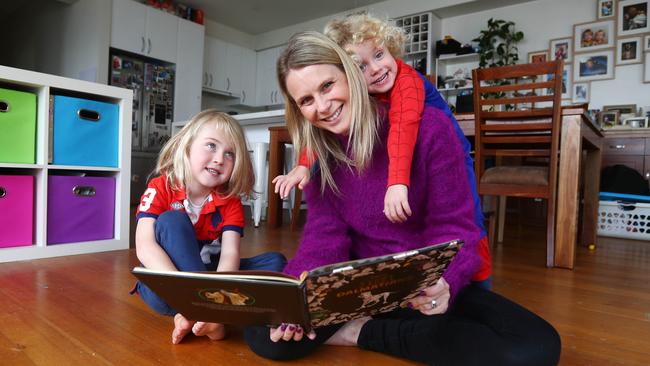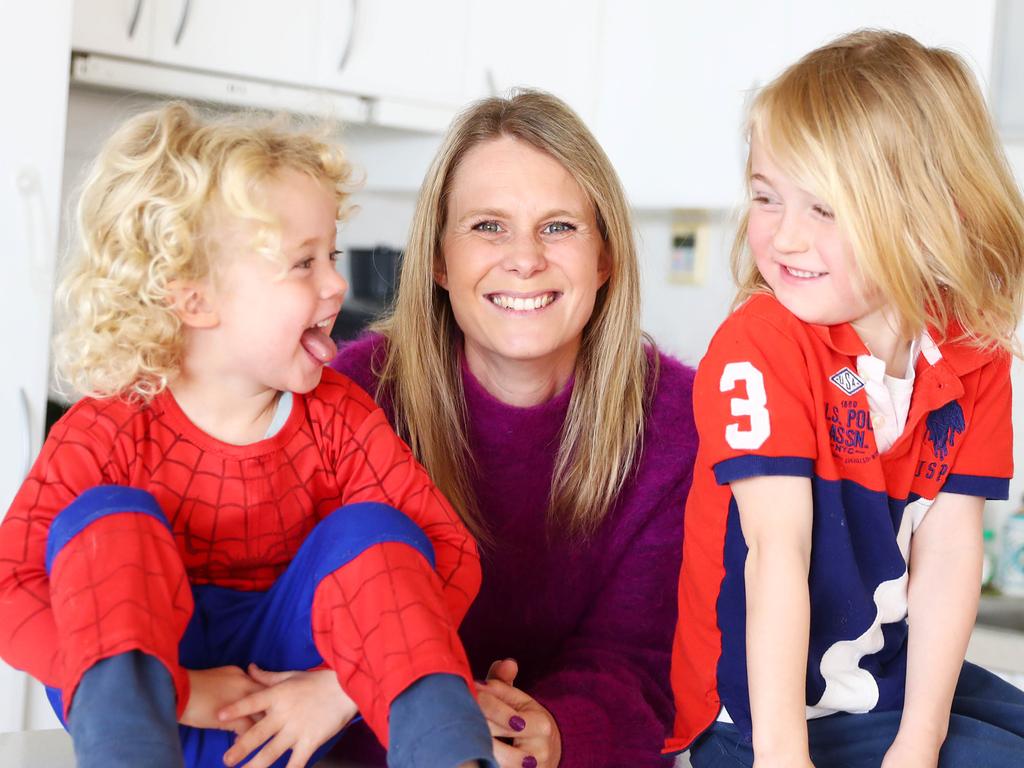
There is an obvious concern in some quarters with the government funding anything to the benefit of the community.
Depending on your assumptions, the economic cost-benefit analysis is so loaded in favour of childcare you have to wonder why the government let this one go.
When Opposition Leader Anthony Albanese this week talked up childcare subsidies in his budget response, the ideological lines were drawn, whereas none appeared when Treasurer Josh Frydenberg talked up increased spending on roads.
The reality according to KPMG, Grattan and others is that a fully funded childcare service returns the same if not more than investment on roads and infrastructure, with more direct impacts on productivity and immediate boosts to GDP.
On a classic return-on-capital model, childcare wins.
So much so, even without getting into the fine details of the ALP plan, in concept it ticks all the boxes in terms of immediate economic boosts and was an opportunity lost for the government in not delivering an upgrade to its present policy.
KPMG and Grattan say what Albanese was talking about is every bit as useful for the short-term and long-term economy as increased road funding.
Albanese, it should be noted, did not even go as far as they suggested — and his policy is costed at $2bn.
Grattan boss Danielle Wood said in August: “Childcare should be made cheaper to enable more women to do more paid work, and to help lift the economy out of the COVID recession.
“The federal government should spend an extra $5bn a year on childcare subsidies. The pay-off would be an $11bn annual increase in GDP from the boost to workforce participation — and $150,000 in higher lifetime earnings for the typical Australian mother.”
In a report KPMG noted a subsidy up to 95 per cent (ALP said 90 per cent) would cost $5.4bn but have a net GDP benefit of $7.5bn, and longer term the productivity benefits would grow over $10bn.
The maths are simple.
In part, what you are doing is paying providers to do what is being done at home for nothing so it boosts the economy because you are monetising an unpaid activity.
But to the extent you are increasing the labour force participation of an economy to grow from 1.5 to even 1.8 workers per household you are making real benefits. ABS data shows from May 1978 to May last year total full-time worker participation fell from 48.6 per cent to 41 per cent, with the male percentage down from 71.5 to 52.2 per cent.
Female participation over the period increased slightly from 26.3 to 30.1 per cent, which is still less than half the male rate at a time when the economy has changed and fewer people are engaged in full-time jobs.
In concept education has no discrimination — that is, men and women are treated the same while they are studying — but once it comes to a family and children it’s the female who tends to take time off work.
That means to some extent the government is not getting the full benefit of its education expenditure. If you want to take the argument further, some studies show early childhood education is crucial for development, which, depending on what side of the fence you sit, says professional help is the answer.

The long-term productivity benefits for the economy come from the fact women will tend to work more which boosts their career prospects and in the process narrows the gap between men and women in line management roles.
For full-time workers there is a 27 per cent gap between men’s and women’s pay cheques, which is based on the fact that for part of their lives women have tended to take some time off.
Female parents have lower wages than male parents even up to 10 years after childbirth.
Labor’s plan to redirect the subsidy to the childcare provider comes with risks, which is why the ACCC is being brought in to police pricing. That’s hard to do and the risk is that some providers may rip off the system. But the advantages for the economy of a better childcare subsidy system are both real and measurable in economic terms, even before you consider the social benefits.
This makes childcare a productivity-improving benefit and a good structural policy because the extra money saved or earned will tend to be spent when both parents are working.
That is putting money into the economy now and arguably faster than bringing forward proposed tax cuts.
Chief Executive Women boss Sue Morphet is in favour of childcare support to boost gender equality through the workforce.
Harris term ends
COVID Commission chief executive and former Productivity Commission boss Peter Harris has concluded his six-month term at the commission under former Fortescue chief Neville Power. The Brisbane-based Harris will return to duties at Tanarra Capital.
Bonds to bank on
Australian bank holdings of government bonds have increased from $15bn back in 2010 to $145bn, or around 20 per cent of bonds on issue, according to the latest figures available from the AOFM.
Other domestic buyers over the period increased their holdings from $25bn to $162bn which includes the RBA, which owns around $53bn or about 7 per cent of outstanding bonds.
The single biggest owners are offshore central banks.
As noted yesterday the AOFM has issued $117bn in the last four months, up from $128bn in all of the 2020 financial year.
The Australian 10-year bond is trading at a yield of 85 basis points against the US 10-year Treasury at 78, meaning as prices go down as yields rise the $A bond is cheaper.
Bad signs for big tech
The ACCC is next week expected to hand Treasurer Josh Frydenberg its final version of the media bargaining code, which is timed to be tabled in federal parliament by the end of this year.
A French appeals court has backed the country’s competition regulator in demanding Google settles with publishers over the use of their content.
The decision is welcomed by ACCC chief Rod Sims.
The ABC is keen to be included in the code, a move backed by the ALP and the Greens and not opposed by News Ltd or the ACCC.
Earlier this week the US House Judiciary Committee issued a damning report on the big tech platforms including Google, Facebook, Apple and Amazon, accusing them of abusing their market power.
The committee said: “The market power of the dominant platforms risks undermining both political and economic liberties. The rise of market power online has also materially weakened innovation and entrepreneurship in the US economy.”
A clear theme is emerging here around the world and it’s all against the big digital platforms like Google and Facebook.
The question then becomes what to do about it.
The US committee raised the prospect of structural separation, forcing them to sell assets.





When a politician spends billions on building roads everyone nods and ticks the box but if that same money is spent on childcare subsidies, some question its merit and call it middle class welfare.